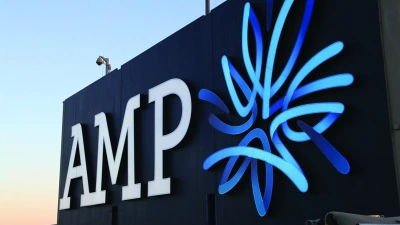Super funds increase ‘climate-wrecking’ exposures to $34bn



Australia’s 30 largest superannuation funds reportedly increased investment exposures to ‘climate-wrecking’ companies to over $34 billion in the past year.
A new report by Market Forces found the super funds increased exposure in their default investment options to companies developing new or expanded coal, oil, and gas projects by 50 per cent in 2022.
Together, these new projects could add the equivalent of 230 years of Australia’s national annual emissions, the environmental activist group said.
“Super funds are making a mockery of their own commitments to net zero by buying up wholesale in companies expanding fossil fuels and letting them get away with trashing our climate,” said Brett Morgan, superannuation funds campaigner at Market Forces.
“Australia’s super sector is collectively responsible for threatening members’ safety in retirement with a whopping $140 billion gamble against a stable climate future.”
This amounted to an average of more than $6,100 per member account, the analysis revealed, invested in this “small but devastatingly dangerous group of companies”.
Previously, the Australian Conservation Foundation (ACF) had announced that Australia’s 15 largest super funds were investing at least $25 billion in fossil fuel investments.
According to Market Forces’ new 2023 Climate Wreckers Index, which listed 190 global companies with the biggest plans to expand the fossil fuel industry, the overall exposure increase could be partially explained by Russia’s invasion of Ukraine driving up fossil fuel company share prices and BHP’s increased prominence on the ASX.
However, some super funds had also been buying millions of shares in these companies.
It noted that AustralianSuper increased its stake in Woodside by nearly 19 times in 2022 in its default investment option. Even discounting shares acquired through mergers, like Woodside taking over BHP’s petroleum business on 1 June 2022, the default option bought at least 30 million Woodside shares last year.
“Australia’s biggest super fund has bought up big in Australia’s biggest climate wrecker and a growing number of members are outraged by this,” Morgan added.
The analysis also found retail super funds were over-represented in the funds most exposed to the Climate Wreckers Index. Of the seven retail funds found in Australia’s biggest 30 super funds, four of their default or largest options appeared in the top 10 most exposed to Climate Wreckers companies.
The funds with the default investment options most exposed to the Climate Wreckers Index, as a proportion of share investments, were Commonwealth Super Corp — PSS Default (11.5 per cent), MLC — MySuper Growth (11.4 per cent) and Russell Investments — Goal Tracker (11.0 per cent).
Meanwhile, those with the least exposure were NGS Super — Diversified MySuper (6.4 per cent), Super SA — Triple S Balanced (6.8 per cent), and Cbus — Growth (7.2 per cent).
Recommended for you
HESTA has delivered a 10.18 per cent return for its MySuper Balanced Growth option in the 2024–25 financial year, marking the third consecutive year of returns above 9 per cent for the $80 billion industry fund’s default investment strategy.
Sally McManus, secretary of the Australian Council of Trade Unions (ACTU), commented on the proposal after former prime ...
Strong performance across domestic equities and infrastructure assets has seen the fund achieve solid returns for the 2024-25 financial year.
AMP has delivered another year of double-digit gains across its flagship superannuation options, with its MySuper members reaping the benefits of a disciplined investment strategy amid lingering geopolitical and market volatility.














I wonder whether divestment in these organisations may place the Superfunds at risk of failing the Annual Performance Test and not being able to accept new members?
Perhaps the regulator could drive change by choosing alternative benchmarks (on a prospective basis)?